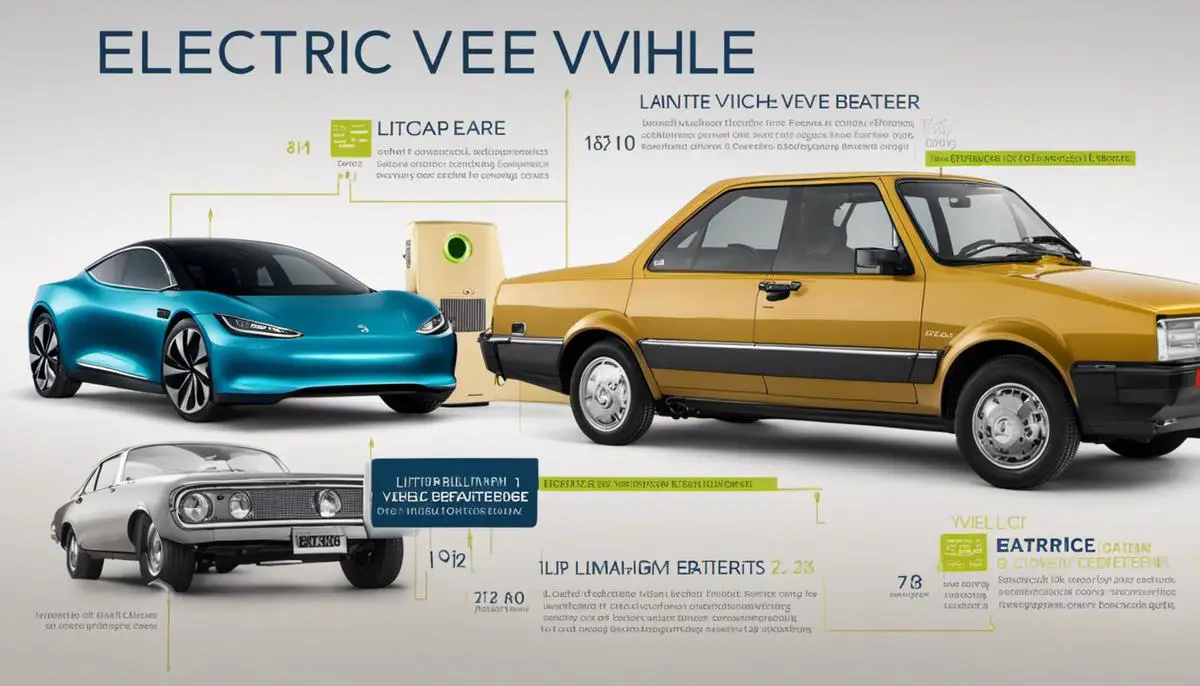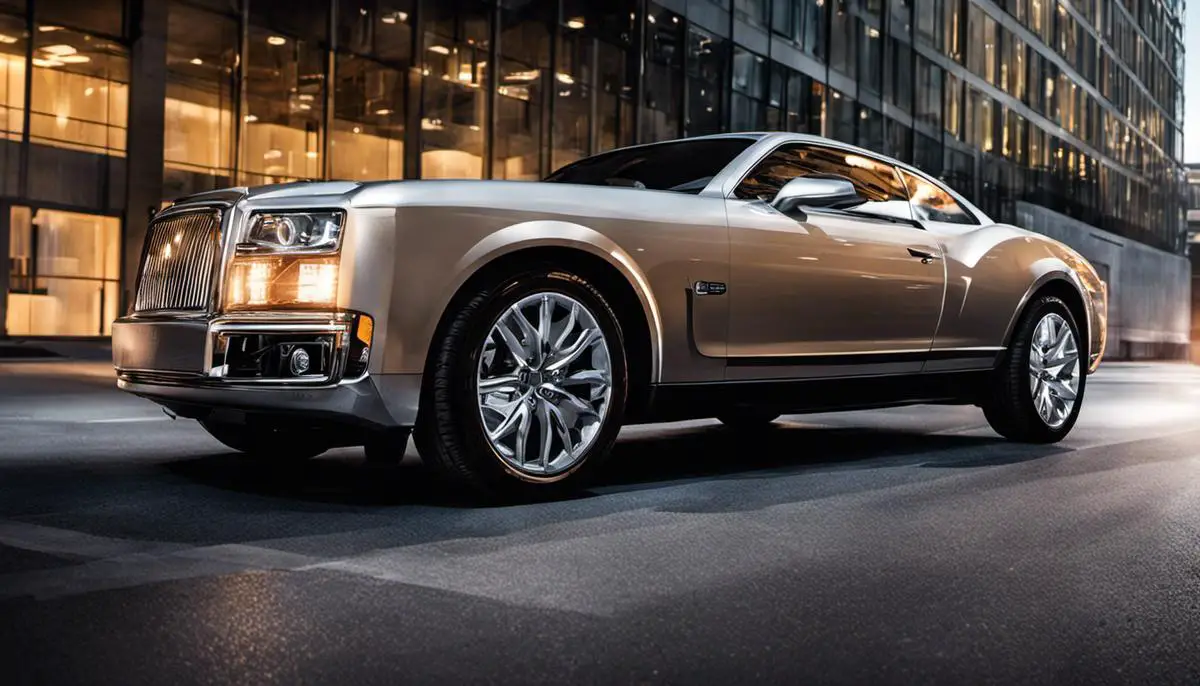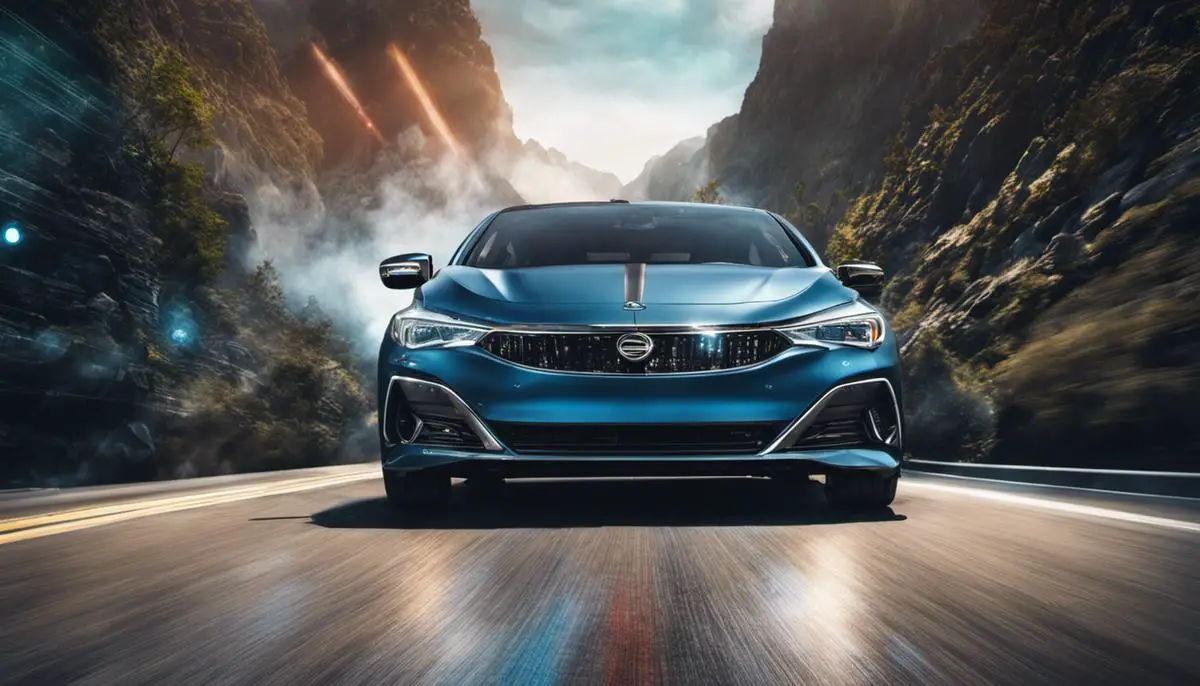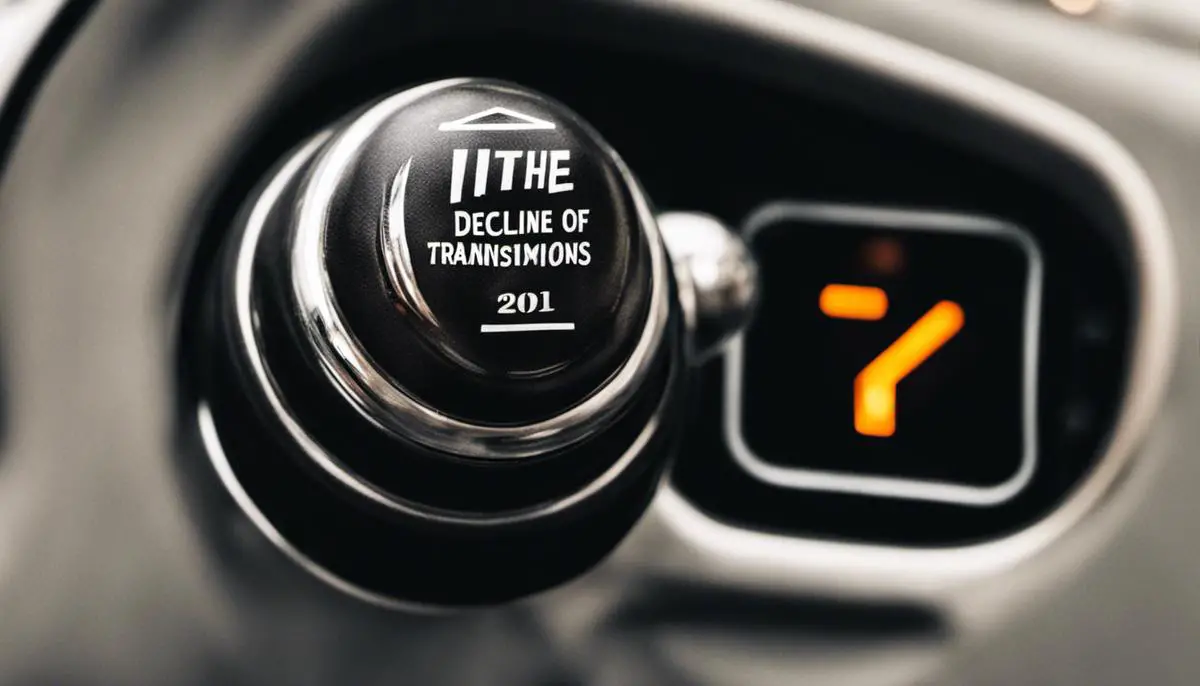As we transition into an era defined by a desperate quest for sustainable transport solutions, Electric Vehicles (EVs) increasingly emerge as the worthy heirs to the throne currently occupied by conventional fossil fuel-driven vehicles. They command an unprecedented appeal, majorly powered by their zero-emission potential that holds the key to curbing increasing pollution. However, one aspect that has continually influenced their adoption, and consequently their evolution, is the vehicle range. In the early stages, electric vehicles were characterized by modest mileage, often overshadowed by their fossil fuel equivalents. However, over the years, there has been a robust thrust in the paradigm, now observing promising improvements in electric vehicle range. This shift cannot be examined or understood without delving into the journey that started from humble beginnings, through the intricate tapestry of technological advancements, securing possible future enhancements.
Historical Overview of Electric Vehicle Range
The inception of electric vehicles, or EVs, traces back farther than many assume, venturing as far back as the late 19th century. The pioneer electric vehicles, generated with rudimentary technology, were glaringly simplistic in their design and operation compared to today’s advanced fleet. One fundamental aspect to scrutinize when examining these pioneering EVs and their contemporary counterparts is vehicle range: How far could these vehicles travel on a single charge, and how has this metric evolved over time?
The range of the initial electric vehicles was astoundingly modest by today’s standards. In the early 1900s, the renowned Baker Electric vehicles could achieve a range of about 50 miles, albeit under optimal conditions. Analogous vehicles of the period shared similar attributes, typically boasting ranges not exceeding 30 or 40 miles. While this was sufficient for short urban commuting at the time, it paled when compared to the internal combustion engine vehicles’ range.
One key element that constrained early electric vehicles’ range was the available energy storage technology. Advanced batteries did not exist, and energy storage was limited to relatively inefficient, high-weight lead-acid batteries. The specific energy—the energy per unit weight—of these batteries was low, and thus the vehicle range continued to suffer.
- In the 1990s, a marked shift was witnessed as General Motors introduced the EV1, the first mass-produced electric vehicle. The EV1 featuring lead-acid batteries initially had ranges of around 70 miles, which later increased to over 100 miles with the integration of newly developed Nickel-Metal Hydride (NiMH) batteries. However, the advancement of battery technology took a quantum leap with the advent of Lithium-ion batteries.
The utilitarian adoption of Lithium-ion batteries, known for their high energy density, elevated EVs to a realm of unprecedented practicality. Contemporary electric vehicles such as the Tesla Model S are capable of achieving ranges of over 400 miles on a single charge, thereby completely eradicating the perception of range anxiety amongst potential consumers.
Moreover, developments in energy conversion efficiency and weight reduction have contributed significantly to the remarkable growth in electric vehicles’ range. The synergy of these advancements, together with innovative systems for recovering energy, has made the current generation of EVs increasingly efficient and suitable for long-distance travel.
In conclusion, the evolution of electric vehicles’ range from their inception to the present day significantly hinges on advancements in battery technology, vehicle efficiency, and weight reduction strategies. The significant progress that has been made has paved the way for the present acceptance of EVs and will undoubtedly guide their future development. A key takeaway is that range, once the Achilles heel of EVs, might soon become its forte if advances continue at the current rate. It is within such advancements that the exhilarating future of electric vehicles can be envisaged, fuelling excitement for what lies ahead in this awe-inspiring realm of science and technology.
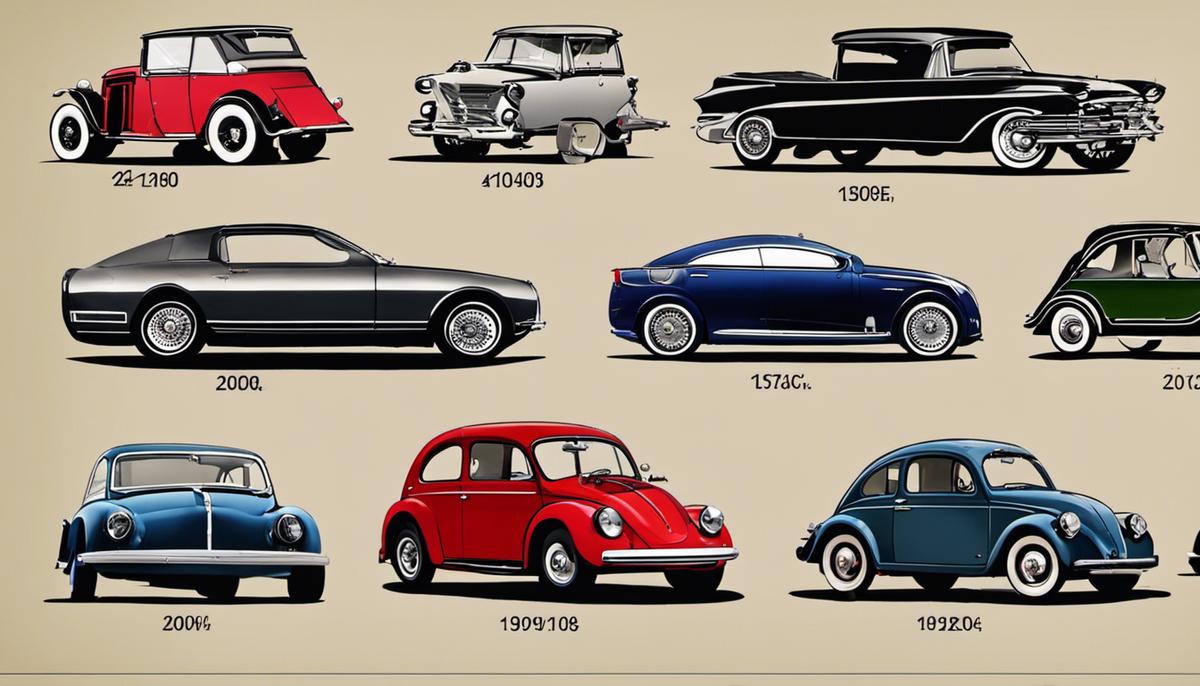
Technological Advancements Boosting EV Range
The phenomenon of electric vehicle development is undeniably fascinating. It is a field that has witnessed multiple transformative breakthroughs, specifically in the pursuit of increasing range—a crucial factor which significantly impacts the adoption and usability of electric vehicles. This pursuit of range enhancement in electric vehicles, however, would not have been possible without significant technological advancements. Hence, it is paramount to further explore these advancements to understand the profound role they have played in the evolution of electric vehicles.
Electric vehicles are no longer inhibited by the constraints of their earlier models, thanks primarily to the extraordinary strides in the energy storage capacity of the batteries used. The role of battery technology and its effect on the electric vehicle’s range cannot be overstated, as it forms the backbone of an electric vehicle’s operation. It is pivotal to mention newer, upcoming technologies such as Solid-State batteries, which are projected to revolutionize the electric vehicle industry. These batteries offer potentially higher energy density, which will further increase the potential range of electric vehicles, pushing the limits of the currently dominant Lithium-ion batteries.
Moreover, the importance of electric motor efficiency in enhancing the range of electric vehicles is yet another crucial aspect. Technological advancements have enabled the development of highly efficient electric motors, with some manufacturers attaining efficiencies of around 95%. These improved efficiencies result in a greater proportion of the electrical energy stored in the batteries being used for propulsion, consequently extending the vehicle’s range.
Advancements in drivetrain technology have also improved the range of electric vehicles. For instance, the advent of regenerative braking, which captures and converts the energy wasted during braking into electrical energy, has contributed significantly to an increase in range. Additionally, the emergence of single-speed, direct-drive transmissions, which do not lose energy in shifting gears like traditional vehicles, has further increased efficiency and thus, the range.
Along with these technological advancements, there is also an ongoing effort to reduce the weight and aerodynamic drag of electric vehicles to improve their range. Use of lightweight materials such as high-strength steels, aluminum, and composites in vehicle construction reduce the vehicle’s weight, leading to lower energy consumption. Similarly, designs featuring improved aerodynamics also consume less energy by reducing air resistance, contributing to an increase in the range of electric vehicles.
Lastly, it is noteworthy to mention the role of software in improving the range of electric vehicles. Advanced Battery Management Systems (BMS) intelligently monitor and control the charging and discharging of the electric vehicle’s battery, preserving its health and lifespan and hence, sustaining the vehicle’s range.
In this astounding journey of technological progress, the perseverance to eradicate the limitations of electric vehicles’ range is evident. Aided by these technological advancements, the attainability of range parity with internal combustion engine vehicles is no longer a lofty dream, but imminent reality. Excitingly, the field continues to innovate with equal, if not greater, vigor, ensuring the pursuit of efficient, eco-friendly transportation remains a compelling and active area of research.
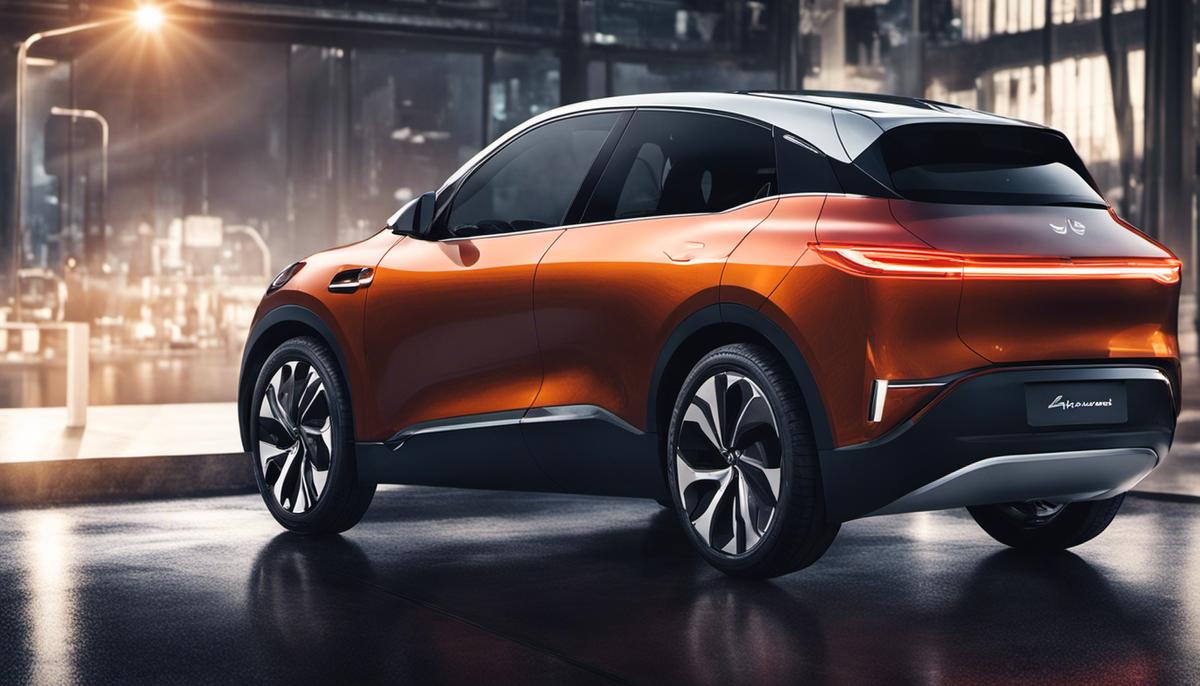
Future Predictions for EV Range
Future Predictions: The Trajectory of Electric Vehicle Range
With the traverse into the realm of electric vehicles (EVs) well underway, scholarly dialogue increasingly turns toward the imminence of the coming range revolution. The once formidable ‘range anxiety’ is being inexorably chipped away as advancements in battery technology, efficiency of electric motors, drivetrain technology, lightweight materials, and battery management software converge to bring about exciting times in the EV space.
Central to this narrative is the advent of Solid-State batteries. Promising drastically increased energy density over current lithium-ion batteries, their implementation could potentially usher in a new era of longer range EVs. Solid-State batteries contain no liquid electrolyte, and their smaller size and lighter weight alone could significantly augment vehicle range. Anticipations are rife that by 2030, these batteries, with their projected range exceeding 500 miles on a single charge, could become the mainstream power source in the EV industry.
Electric motor efficiency will also prove decisive in the crusade for expanded vehicle range. A typical electric motor can convert up to three-quarters of the electrical energy from the grid to power the wheels – a significant leap over internal combustion engines. Advances in design technologies are further enhancing this efficiency, a ripple effect of which is a noticeable increase in vehicle range.
A seismic paradigm shift is also being witnessed in drivetrain technology. Techniques like regenerative braking recuperate a car’s kinetic energy instead of letting it go to waste as heat. Direct-drive transmissions, devoid of energy-consuming gearboxes, also contribute towards extending the vehicle’s driving range. By eliminating powertrain losses, these modifications have the latent capacity to yield impressive mileage.
Weight, an age-old enemy of energy efficiency, is gradually losing its sting as electric vehicles have begun to benefit from lightweight materials and improved aerodynamics. By reducing the overall weight and drag of the vehicle, the energy needed for propulsion is significantly decreased, allowing for greater driving ranges. Today, some EV models have even surpassed their petrol and diesel equivalents in terms of range, thanks to these technological advancements.
The indispensability of software, specifically Battery Management Systems (BMS), in the development of tomorrow’s EVs cannot be understated. Designed to optimize the performance, life, and safety of batteries, BMS plays a pivotal role in ensuring optimal health of the battery pack, translating into improved electric range over the lifetime of the EV.
The trajectory as predicted by experts seems to be leading towards a point where range parity with internal combustion engine vehicles is inevitable. A confluence of these myriad factors has paved the way for renewed public interest and trust in EVs, thereby catalyzing their swift induction into the global vehicle fleet.
Expanding the range of EVs is not an end in itself. It holds symbolic significance, encapsulating humanity’s endeavors to shape a cleaner, greener, and more sustainable world. Harnessing this potential, researchers and EV enthusiasts alike maintain their relentless pursuit of innovation, resolute in their march towards a bright electric future.
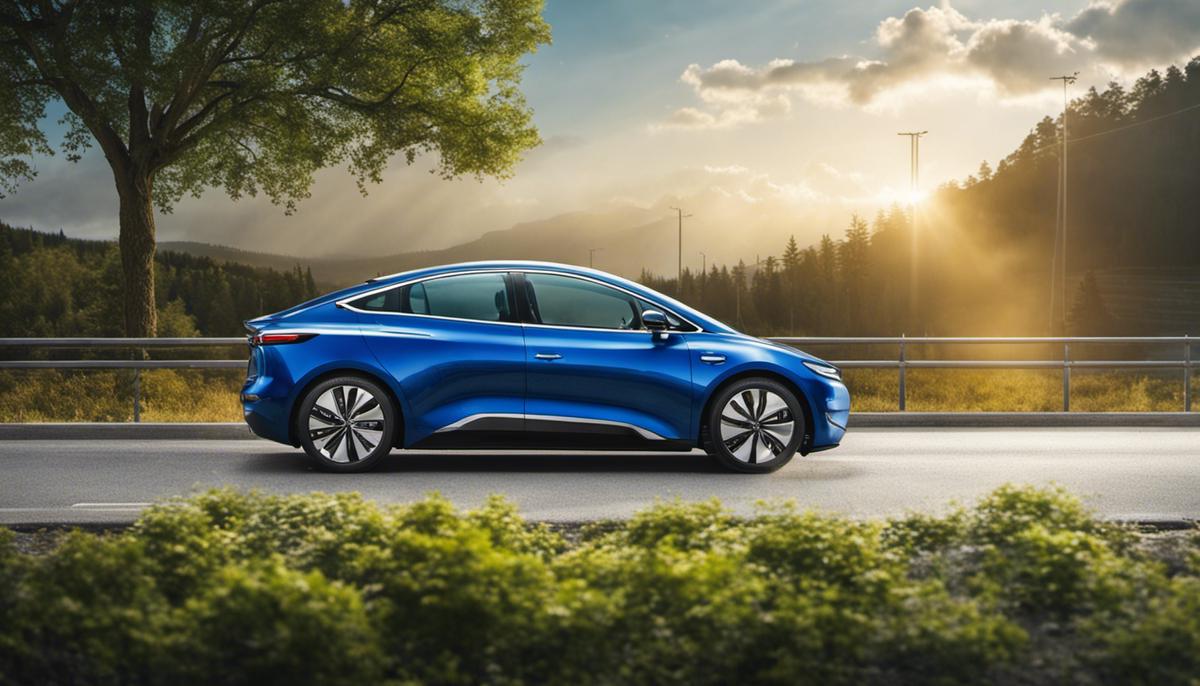
Electric Vehicle technology is progressively on an upward trajectory, having undergone considerable enhancements in terms of range capabilities. The improvements embarked upon from humble beginnings; where the effectiveness of lead-acid batteries and lack of prioritization on range resulted in only modest mileage. Over time, with in-depth research, the focus shifted towards improving the vehicle’s range through significant advancements in battery technology, lighter vehicle designs, and the inclusion of regenerative braking systems. It is undeniably clear that the onward journey towards achieving even greater EV ranges is powered by equally ambitious plans. Technological progression and research initiatives present promising prospects for the future of electric mobility, underlined by the growing commitment from organizations around the world to embrace sustainable transport solutions. Amid these exciting improvements and future projections, one cannot help but anticipate greener and more efficient mobility in the imminent future.
